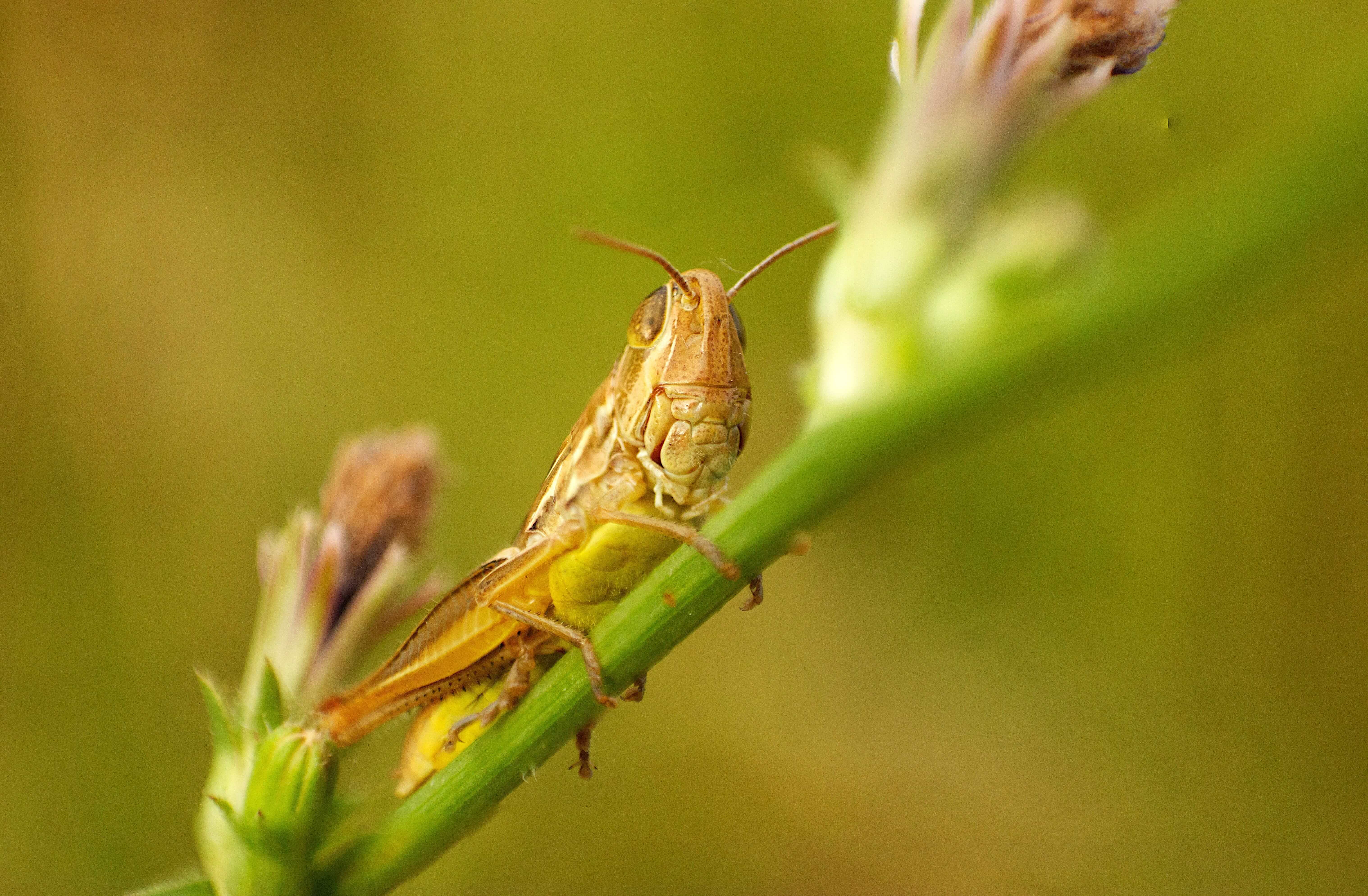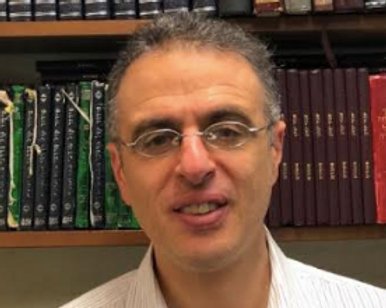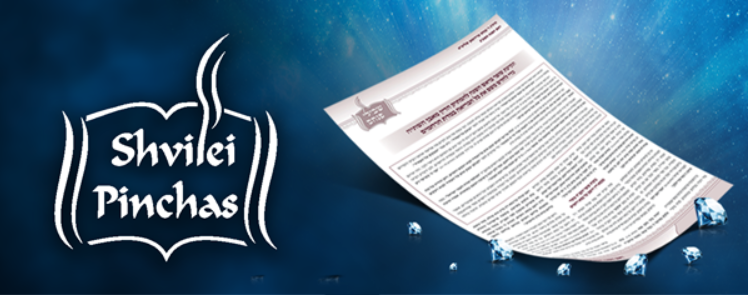The Ten Plagues

The Torah presents the ten plagues as three groups, with each group comprised of three plagues, and the final blow of Makkat B’khorot (smiting of the first-born) at the end. This structure is apparent from the noticeable pattern in how each plague was introduced. For the first plague in each group (Blood,Wild Animals and Hail), Par’oh was warned privately, early in the morning. The second plague in each set (Frogs, Animal Disease and Locusts) was always introduced with “Bo El Par’oh” (Come to Pharaoh), as it was a public warning at his royal palace.
But the third plague in each set (Lice, Boils and Darkness) came without any warning whatsoever. It seems that the reason for this pattern is that when one is warned at first, it is preferable to warn them privately in order to avoid embarrassing them. If that is not effective, then an official public warning is necessary. At that point if further action is still needed, another warning is not required. This explains the structure of each set, but why were three sets performed before coming to the final blow?
The Abarbanel points out that at first Par’oh stated that he did not know Hashem and therefore he did not feel that he had any reason to free the Jewish People. Moshe wanted to convince Par’oh of three beliefs. 1) The existence of Hashem 2) Hashem’s involvement with humanity and his desire for their proper conduct and worship 3) Hashem’s ability to perform supernatural miracles especially when rewarding the righteous or punishing the wicked. A closer examination of the language in the Torah’s narrative of the plagues, illustrates that each set of plagues was performed to successfully persuade Par’oh of one of those beliefs.
The warning for blood includes “B’Zot Teda’ Ki Ani Hashem” (with this you will know that I am G-d). And by the end of the first set existence of G-d was acknowledged when the magicians were not able to replicate the plague of lice and they exclaimed “Essba’ Elokim Hi” (it is the finger of G-d). The warning for the beginning of the second set of plagues (the fourth plague which was wild animals) explained that the purpose is “L’Ma’an Teda’ Ki Ani Hashem B’Qereb HaAress” (so that you will know that I am Hashem among the land). Whereas the first set of plagues simply sought to persuade that Hashem exists (Ki Ani Hashem), the second set will go further to convince Par’oh that Hashem is involved with humanity and requires their involvement with him (hence the additional phrase of B’Qereb HaAress).
That goal was realized at the beginning of the second set when Par’oh first began offering the Jewish People some opportunity to serve G-d. The third set that began with Barad (hail) stated that it’s purpose was making Par’oh aware of “Ki En Kamoni B’khol HaAress” (there is no one like Me in the whole land). This is highlighting Hashem’s ability to go beyond the limits of nature especially when dealing with the righteous or the wicked.
This plague contained hailstones with fire like the verse described ‘V’Esh Mitlaqahat B’Tokh HaBarad” (And fire burned inside the hail).This phenomena defied nature as the fire did not melt the hailstones. And it was in the beginning of this stage that Par’oh acknowledged the plague as a punishment for his sin as during the hail he exclaimed for the first time “Hatati HaPa’am! Hashem HaSsadiq VaAni V’Ami HaRsha’im” (I have sinned this time! Hashem is Just and I and my nation are the wicked ones) It is through these verses that we see Par’oh’s progression to a full belief in Hashem.
The first set of plagues brought about belief in Hashem’s existence. In the second set of plagues he recognized the importance of worshipping Hashem, and in the third stage he admitted to Hashem’s power over nature in connection with meting out punishment to the wicked. Since he was not able to translate his belief into action by actually freeing the Jewish People, the final blow of Makkat B’khorot was performed to win their liberation from slavery in Egypt. In fact this structure of three sets of three plagues was alluded to by Ribbi Yehudah in his famous acronym of D’Ssa”Kh ‘ADa”Sh B’Aha”B!
Mr. Morris Arking teaches Halachot and classes in the community for the past 15 years, including a daily Halachah class in Bnei Yosef in Brooklyn, NY.









